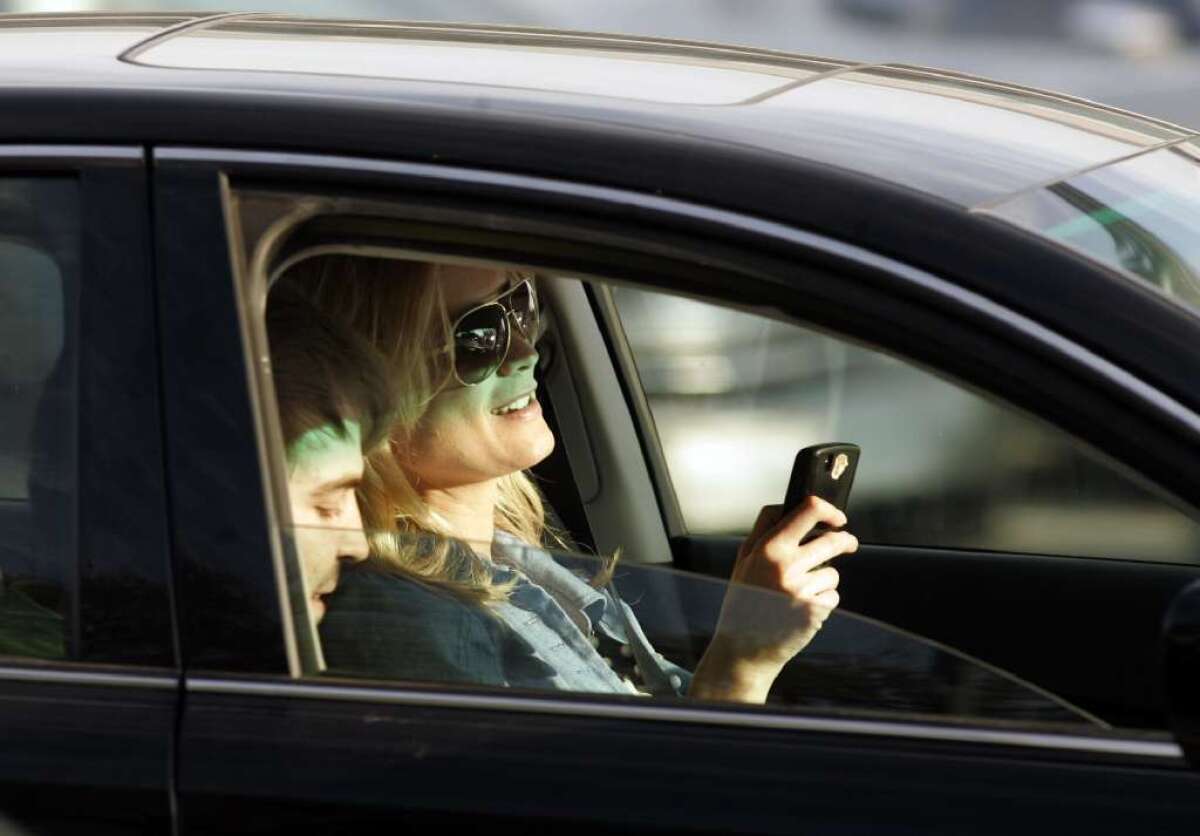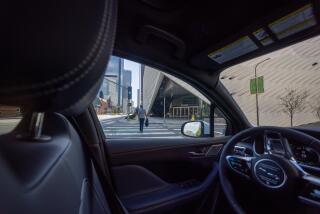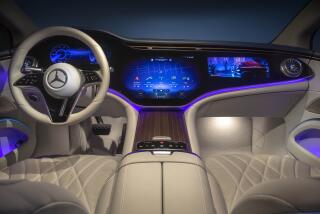Dialing while behind the wheel is riskiest form of distracted driving

The next time youâre tempted to make a phone call while youâre behind the wheel, remember this: Dialing while driving increases the risk of a crash or near-crash more than any other sort of distraction.
Thatâs one of the findings of a special report published Wednesday in the New England Journal of Medicine. Other dangers identified in the report include reaching for a cellphone or other object; texting or using the Internet; looking at an object on the side of the road; and eating.
These conclusions were reached by researchers who put GPS systems, radar, four cameras, accelerometers and other equipment into the vehicles of 42 drivers with freshly minted licenses and 109 others who had been driving for an average of 20 years. Study volunteers drove around in their gear-laden cars for 12 to 18 months. (The data on the experienced drivers was collected in 2003 and 2004, before texting became prevalent, and the novice drivers were tracked between 2006 and 2008.)
During the months studied, the drivers got into a total of 73 crashes (31 among the novices and 42 involving the larger group of experienced drivers). The researchers recorded another 612 near-crashes, which were defined as âany circumstance requiring a last-moment physical maneuver that challenged the physical limitations of the vehicle to avoid a crash for which the driver was at fault or partially at fault.â Crashes and near-crashes involving drowsy drivers or drivers who were under the influence of drugs or alcohol were not included in the analysis.
Not surprisingly, the novice drivers got into more trouble than their more seasoned counterparts when they tried to do something other than focus on the road ahead, the researchers found.
Compared to periods when they werenât distracted, the odds of of a novice driver getting into a crash or near-crash were 8.32 higher when they were dialing a cellphone; 8 times higher when reaching for something besides their cellphone; 7.05 times higher when trying to grab the phone; 3.9 times higher when looking at something on the side of the road (including cars involved in other crashes); and 2.99 times higher when eating.
For the experienced drivers, the only activity that increased the risk of a crash or near-crash risk was dialing a cellphone. That made drivers 2.49 times more likely to get into trouble behind the wheel, according to the study results.
The researchers also discovered that the more experience the novice drivers logged, the more likely they were to do something other than focus on the road ahead when they were behind the wheel. This might because they become more confident in their driving abilities, the researchers speculated.
âAnything that takes a driverâs eyes off the road can be dangerous,â study author Bruce Simons-Morton of the National Institute of Child Health and Human Development said in a statement. âOur study shows that distracted driving practices are especially risky for novice drivers, who havenât developed sound safety judgment behind the wheel.â
Parents can help their teen drivers by setting a good example and making sure they donât dial or text when theyâre driving themselves, Simons-Morton said. They should also âlet their children know that they should wait until the vehicle is stopped before taking a call -- even when itâs from mom or dad,â he added.
Happy New Year! To stay up to date on the latest science and medicine news in 2013, follow me on Twitter and âlikeâ Los Angeles Times Science & Health on Facebook.
ALSO:
Males downplay the risk of texting while driving
AAA study on cell phones in cars: âHands-free is not risk-freeâ
Is your designated driver drunk?







